Pastry
How to Make Donuts From Scratch (Like You Know What You're Doing)
Baking expert Erin McDowell shows us how it's done.
0 seconds of 26 minutes, 31 secondsVolume 0%
Press shift question mark to access a list of keyboard shortcuts
Keyboard Shortcuts
Shortcuts Open/Close/ or ?
Play/PauseSPACE
Increase Volume↑
Decrease Volume↓
Seek Forward→
Seek Backward←
Captions On/Offc
Fullscreen/Exit Fullscreenf
Mute/Unmutem
Decrease Caption Size-
Increase Caption Size+ or =
Seek %0-9
Popular on Food52
Continue After Advertisement
33 Comments
Amysdonuts
November 3, 2023
Thanks for share content about for donuts in Columbus. for more info: https://www.amysdonuts.com/columbus
Amysdonuts
September 8, 2023
I agree, I have that same question. Even after watching the video. Our donut shop is Available in Albuquerque. https://www.amysdonuts.com/albuquerque/
Bryan A.
September 26, 2020
So Interesting! And so fun to make donuts, today is my first day making donuts, but i'm worried that if i let the dough to rise for too long it won't come out as planned, so i let tge dough to rise
for 1 hour and 30 minutes, is that good?
for 1 hour and 30 minutes, is that good?
Tiffany C.
March 28, 2020
Lady! U rock. I’m scared...but gonna try it with the teens today. Cross fingers
Ramona R.
February 7, 2020
I can't find the recipe where's the recipe
2centsworth
February 24, 2020
Click on recipes at top banner - then type in yeast donuts in the search:
1 1/2 cups whole milk (12 1/2 ounces)
1/3 cup water (2 1/2 ounces)
4 tablespoons butter (2 ounces)
5 cups all-purpose flour (25 ounces)
1 pinch nutmeg
1 pinch cinnamon
1 teaspoon salt
1/4 cup sugar (2 ounces)
1 tablespoon active dry yeast
2 eggs
6 cups Vegetable oil, for frying (use more if needed)
1 1/2 cups whole milk (12 1/2 ounces)
1/3 cup water (2 1/2 ounces)
4 tablespoons butter (2 ounces)
5 cups all-purpose flour (25 ounces)
1 pinch nutmeg
1 pinch cinnamon
1 teaspoon salt
1/4 cup sugar (2 ounces)
1 tablespoon active dry yeast
2 eggs
6 cups Vegetable oil, for frying (use more if needed)
2centsworth
November 27, 2019
Did anyone actually make this recipe? Do you let the dough rise again after rolling and cutting the donuts from the dough? If so, how long? Doubled in size? The video nor instructions mentions it. The video is very misleading unless Erin didn't let them rise the 2nd time.
Tulin A.
August 6, 2019
This is going to be my first time making doughnuts and u explained it in the most perfect way possible but I do have a question where do we get the measurements from because this is my first time using this website
Cassandra N.
July 4, 2019
I for the life of me cant get the texture of a Krispy cream. My donuts always end up to much dough. I am high elevation, I've tried every change for high altitude. Plus regular recipes. How do you make the dough come out fluffy and crispy?
Like I said I've made over 10 batches and still can't get close to light n fluffy.
Any advice would be great!
Thanks a bunch
Like I said I've made over 10 batches and still can't get close to light n fluffy.
Any advice would be great!
Thanks a bunch
Jade B.
September 26, 2016
I am happy to have found this article about donuts. I did not know that filled donuts were most commonly made from dough with more yeast. It makes sense that this would provide an interior with more space for filling. Something to consider would be to have a clean working area when making this treat. http://11thstreetcoffee.com/The-Original-Donut-Shop-K-Cup-Coffee.asp
Tracer L.
September 6, 2016
What youmhave to remember is that real doughnuts are yeast raised and you use VERY LITTLE to NO SUGAR in the dough. Donuts made in the U.S. today all mostly made with plain bread dough with a lot (LOT) of added sugar. These "bakery shop" doughnuts can/could/should make anyone gag. SUGAR in the U.S. is the number one (1) ruination of most all food consumed today. Also - remember that over time, every ingredient in cooking has been modified and changed to make things quicker and easier. When buying supplies for baking, ALWAYS bake from scratch only and find and use the ingredients that as closely resemble those your mother or grandmother could buy. Real butter and NO margarine - Canned condensed milk to replace raw milk from earlier times - one jumbo egg today is equal to one small egg in the past. Think about what used to be or buy only cookbooks published before 1950. When we went to convenience foods; and ingrediants, we went to an obese nation of sugar pigs.
Gary G.
March 15, 2015
Sorry to take up further space but permit me one more correction, as one should not go by memory. It wasn't Washington Irving, but Nathaniel Hawthorne who referred to the doughnut as a Puritan dish, and the term he used (circa-1860 at any rate) was "Puritan dainty". In my view, the new England/Puritan tradition is separable culturally and geographically from the New York/Hudson Valley Dutch one and this reference to Puritans reinforces an old English origin for the dish.
https://books.google.ca/books?id=PXBKAAAAYAAJ&pg=PA461&lpg=PA461&dq=pumpkin+pie+hawthorne+nathaniel&source=bl&ots=GBea6Sehp8&sig=idy0E4h1LxttP1kpgokXuYqSmoQ&hl=en&sa=X&ei=D3gFVaSIFeWxsAThgIKIAg&ved=0CD4Q6AEwCQ#v=onepage&q=pumpkin%20pie%20hawthorne%20nathaniel&f=false
Thanks again.
Gary
https://books.google.ca/books?id=PXBKAAAAYAAJ&pg=PA461&lpg=PA461&dq=pumpkin+pie+hawthorne+nathaniel&source=bl&ots=GBea6Sehp8&sig=idy0E4h1LxttP1kpgokXuYqSmoQ&hl=en&sa=X&ei=D3gFVaSIFeWxsAThgIKIAg&ved=0CD4Q6AEwCQ#v=onepage&q=pumpkin%20pie%20hawthorne%20nathaniel&f=false
Thanks again.
Gary
Gary G.
March 15, 2015
Sorry, not "fried bread", but "fried dough" it was in those Hudson Valley towns. I believe these are direct descendants of the Dutch oely-koeken (different spellings) that are thought to be at the bottom of the doughnut, but I think in fact these are different traditions.
Washington Irving in an 1860 book referred to the doughnut and some other well-known American pies and pastries as a "Puritan delicacy", which suggests again an English origin. The famous dough boy as in Pillsbury dough boy surely is connected as well? Anyway all very interesting and your recipes look great. We are very proud in Canada of the Tim Horton Donut chain which has become part of Canadiana now.
Gary
Gary
Washington Irving in an 1860 book referred to the doughnut and some other well-known American pies and pastries as a "Puritan delicacy", which suggests again an English origin. The famous dough boy as in Pillsbury dough boy surely is connected as well? Anyway all very interesting and your recipes look great. We are very proud in Canada of the Tim Horton Donut chain which has become part of Canadiana now.
Gary
Gary
Gary G.
March 14, 2015
Hey good article but this English news article from last year is persuasive in my view to argue donuts are English in origin:
http://www.dailymail.co.uk/news/article-2475513/Doughnuts-British-invention-according-historians-unearthed-invented-English-upper-classes.html#comments
I always felt a British origin made sense and that doughnuts were an obscure regional food brought over on the Mayflower. Like other English-origin foods, they simply achieved more prominence here than in the Old Country.
It is unlikely in my view a British gentlewoman in 1800 would have submitted to any influence from America in her cooking. Virtually no American cookbooks had yet been written, and as a recent colony I don't think the English would in any case take inspiration from America in cooking mores. (That came in time, but not then and not in this way).
I've had "fried bread" in small towns along the Hudson River in New York State and it isn't really like a donut. I recall it as more the size of a piece of foccacia bread, kind of flat or at least irregular shaped.
"Dow" would have been an alternate spelling for dough, this was a time when spelling was not regularized. I think too dough boy was another old British confection and I'd think there is some connection probably to the donut or doughnut. No question the Americans perfected it and made it what it is today but still the Baroness's recipe is pretty close to some donuts you can still buy today.
Sincerely,
Gary Gillman, Toronto.
http://www.dailymail.co.uk/news/article-2475513/Doughnuts-British-invention-according-historians-unearthed-invented-English-upper-classes.html#comments
I always felt a British origin made sense and that doughnuts were an obscure regional food brought over on the Mayflower. Like other English-origin foods, they simply achieved more prominence here than in the Old Country.
It is unlikely in my view a British gentlewoman in 1800 would have submitted to any influence from America in her cooking. Virtually no American cookbooks had yet been written, and as a recent colony I don't think the English would in any case take inspiration from America in cooking mores. (That came in time, but not then and not in this way).
I've had "fried bread" in small towns along the Hudson River in New York State and it isn't really like a donut. I recall it as more the size of a piece of foccacia bread, kind of flat or at least irregular shaped.
"Dow" would have been an alternate spelling for dough, this was a time when spelling was not regularized. I think too dough boy was another old British confection and I'd think there is some connection probably to the donut or doughnut. No question the Americans perfected it and made it what it is today but still the Baroness's recipe is pretty close to some donuts you can still buy today.
Sincerely,
Gary Gillman, Toronto.
Antonio B.
March 13, 2015
Amazing Slavic Girls 100% REAL. Watch them ONLINE!!! http://jump4love.com/welcome699.html
cyrillicas
March 13, 2015
Very interesting! You know, i'm from argentina and here they're also called churros! Even what you describe as 'twists' are often sold as churros, but really i didn't know they were made with the same kind of dough as donuts (since churros are closer to crullers).
I'll try your recipe to make twists (since i don't have a churrera) and see how it goes!
I'll try your recipe to make twists (since i don't have a churrera) and see how it goes!
Yael E.
March 9, 2015
Absolutely awesome article.....puts it all in nice, neat organized shape ( for me at least!). Printing it out to keep on hand. Thanks!!
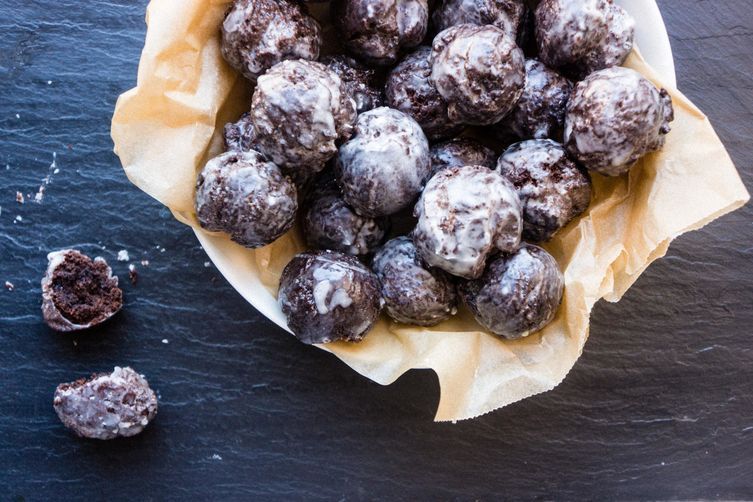
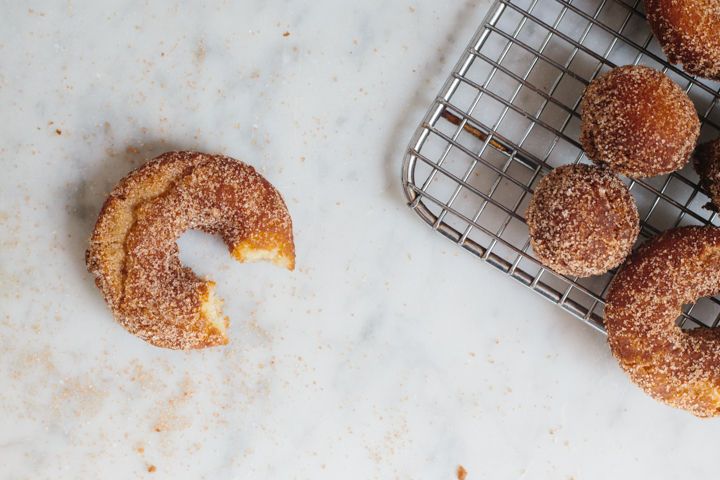
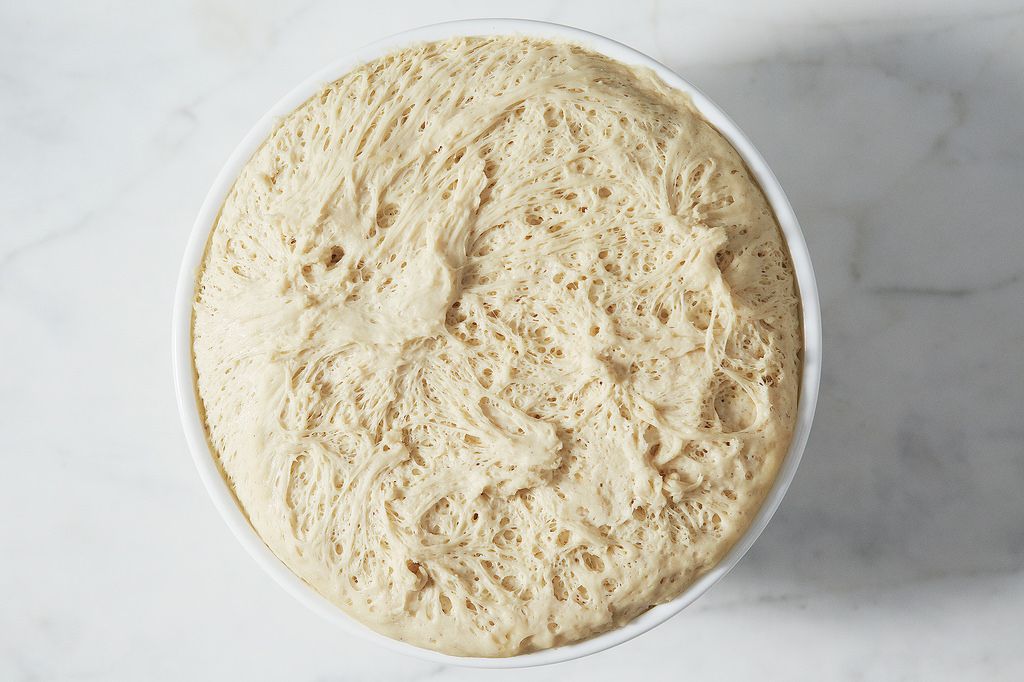
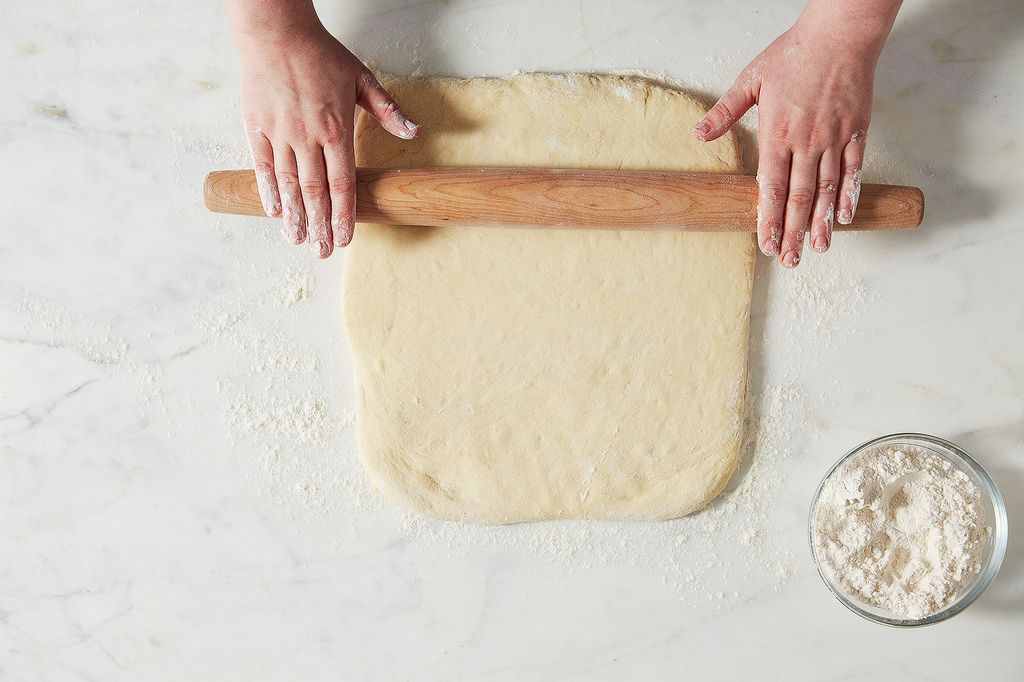
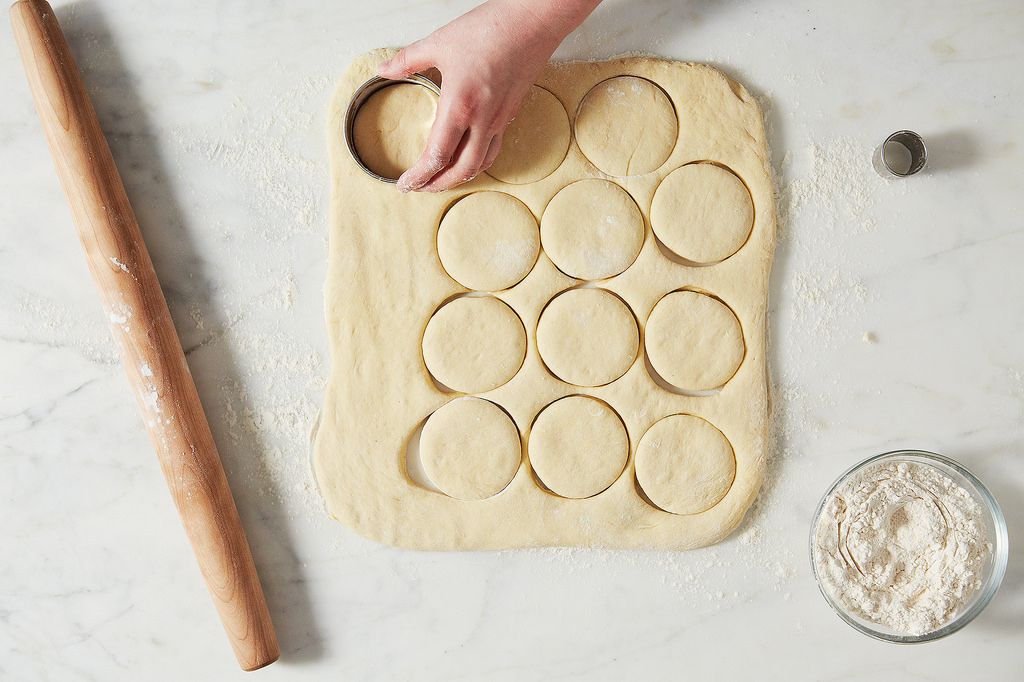


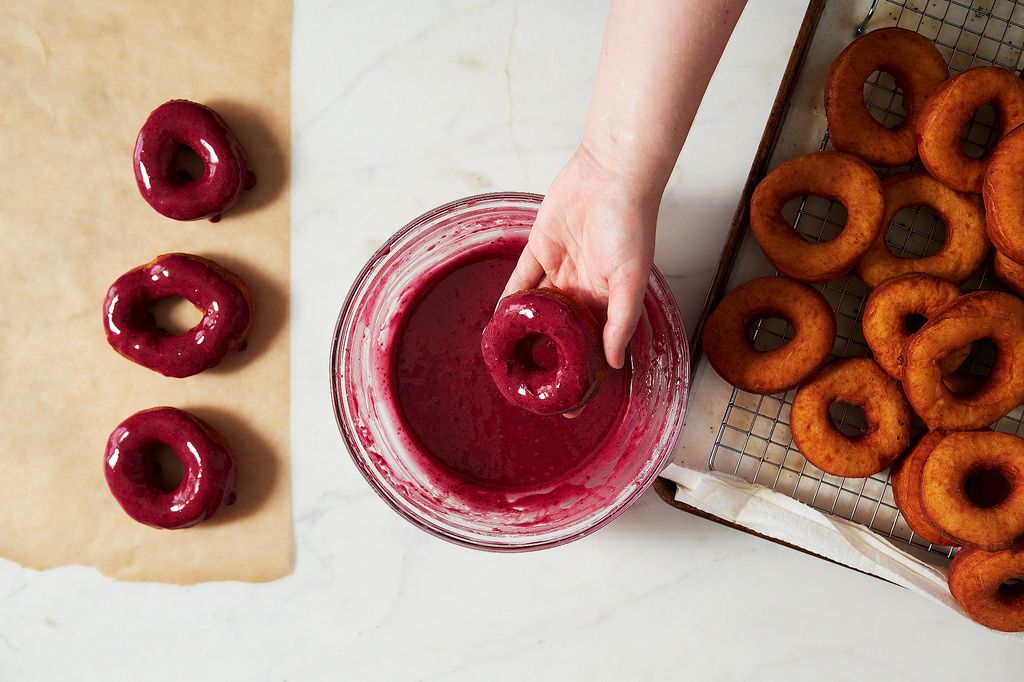
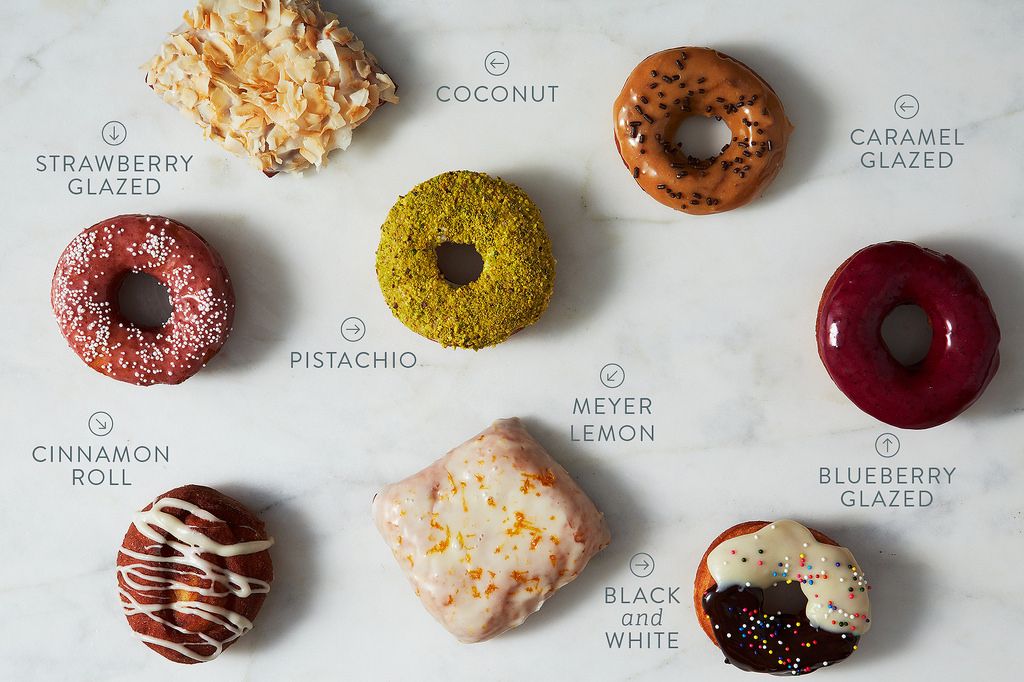
/aa84db0c-d69d-4431-964d-839bb4db592f--beauty1.jpg)
/c9e94b9a-dce6-42e9-aeb0-dd27ed98ea97--2015-0811_chocolate-coconut-cake-doughnuts_alpha-smoot_552.jpg)
/e23d70d1-8662-4be9-9050-e640f1db00f5--2015-1201_israeli-jelly-doughnuts_james-ransom-066.jpg)
/5dbeff95-c76e-4320-b095-bfd9ac6671a1--2016-1129_sfenj-moroccan-fritters_james-ransom-161.jpg)
/5cb0936a-874f-44fc-9ea7-3a410b18d198--2017-0926_cape-malay-doughnuts-koesisters_bobbi-lin_4277.jpg)
/44bf616f-e9d5-434b-b9a1-0fef1cfbbba8--2016-0920_cardamom-doughnuts-recipe_bobbi-lin_6016.jpg)
/e3ac5bf6-3a14-413d-bfdc-e0bc52ee213c--ZI4A3873.jpg)

See what other Food52 readers are saying.